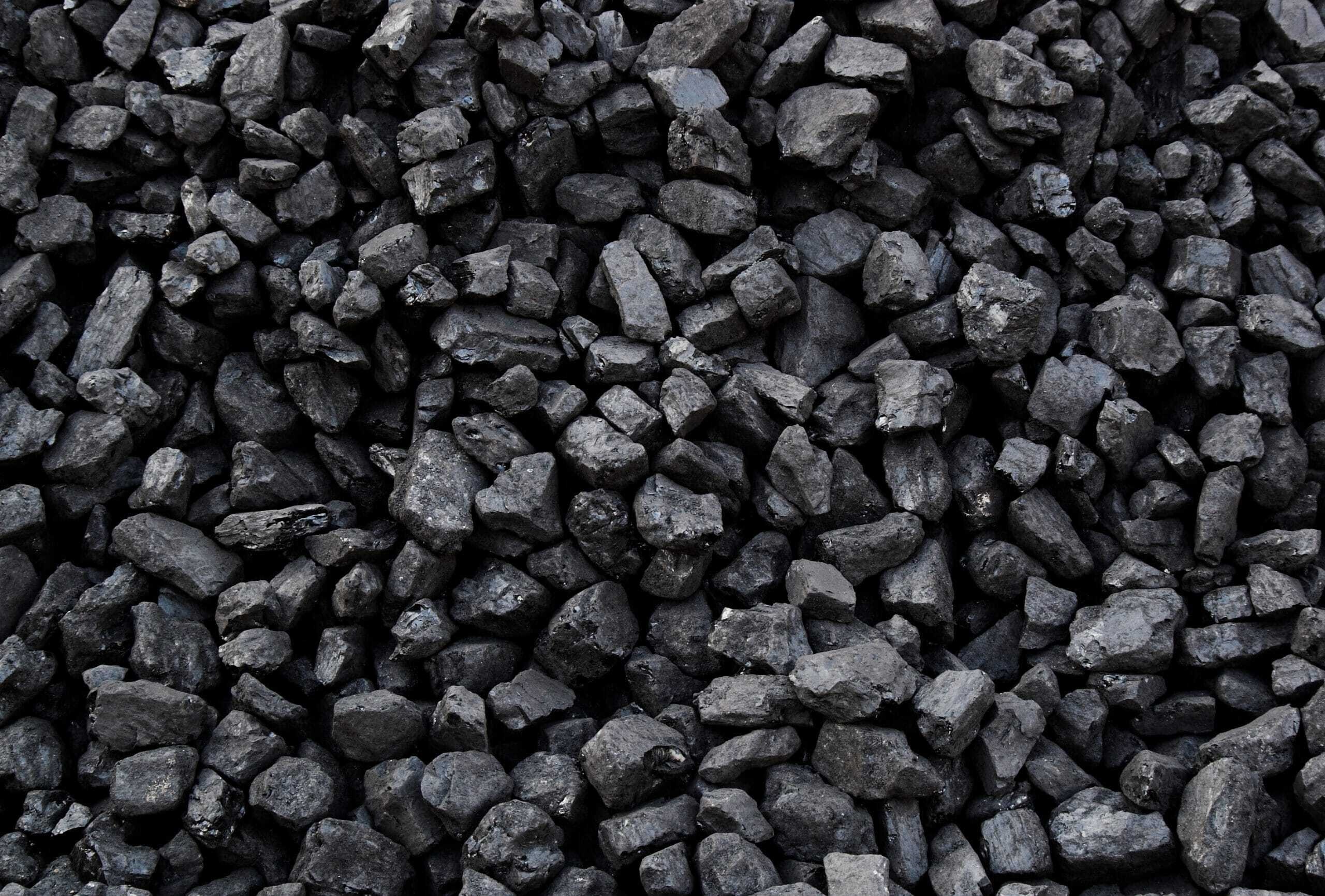

In April 2025, Poland's coal-based electricity fell below 50 per cent for the first time, marking a significant energy shift. The national grid operator, PSE, reported this change as part of Poland's ongoing transition towards cleaner energy sources. This development impacts energy-intensive sectors, including aluminium production, which rely heavily on consistent and affordable power.

Image credit: clarke-energy
The aluminium industry, known for its high energy consumption, may experience changes due to Poland's evolving energy landscape. As coal's dominance wanes, aluminium producers might need to adapt to new energy mixes, potentially affecting production costs and sustainability practices.
Forum Energii, an energy think tank, highlighted that in April 2025, coal-generated electricity amounted to 6.5 terawatt-hours (TWh), accounting for 49.4 per cent of the overall energy mix. This marks an 18.9 per cent decline from March and a 9.6 per cent reduction compared to April 2024.
The think tank's analysis attributes this decline to increased renewable energy production and a decrease in overall electricity demand. These factors combined have led to a significant shift in the country's energy composition.
Forum Energii called the shift in Poland’s electricity mix “unprecedented,” with coal usage dropping by 29.9 per cent points over the past decade. In April 2025, hard coal generation fell to 4 TWh (down 20.1 per cent from March and 10.9% year-on-year), while brown coal hit a record low of 2.5 TWh. Natural gas generation rose 44.2 per cent year-on-year to 1.9 TWh, despite a monthly dip. Overall electricity demand declined to 12.3 TWh, the second-lowest on record.
Comparing year-on-year data, in April, renewable energy sources (RES) contributed 34.2 per cent to Poland’s electricity generation, rising by 4.8 percentage points from March and 1.5 points year-on-year, with total RES output at 4.5 TWh. Solar energy led with 1.9 TWh (42.1 per cent of RES), up 28.7 per cent from March and 32.4 per cent from April 2024. Wind generated 1.7 TWh (37.2 per cent of RES), though it declined both monthly and annually. Biomass added around 0.8 TWh, and hydro power 0.1 TWh. At peak, renewables supplied up to 77 per cent of electricity consumption.
“The systematic development of renewables means that the gap between the use of coal and RES in the system is shrinking ever faster,” the think tank said.
Although Poland has taken steps like easing onshore wind farm restrictions and advancing its first nuclear plant with US partners, strategic policy progress remains slow. The government has yet to publish an updated Energy Policy to 2040 or submit a revised national energy and climate plan, missing the EU’s June 2024 deadline. As a result, the European Commission launched infringement proceedings in November.
Responses








